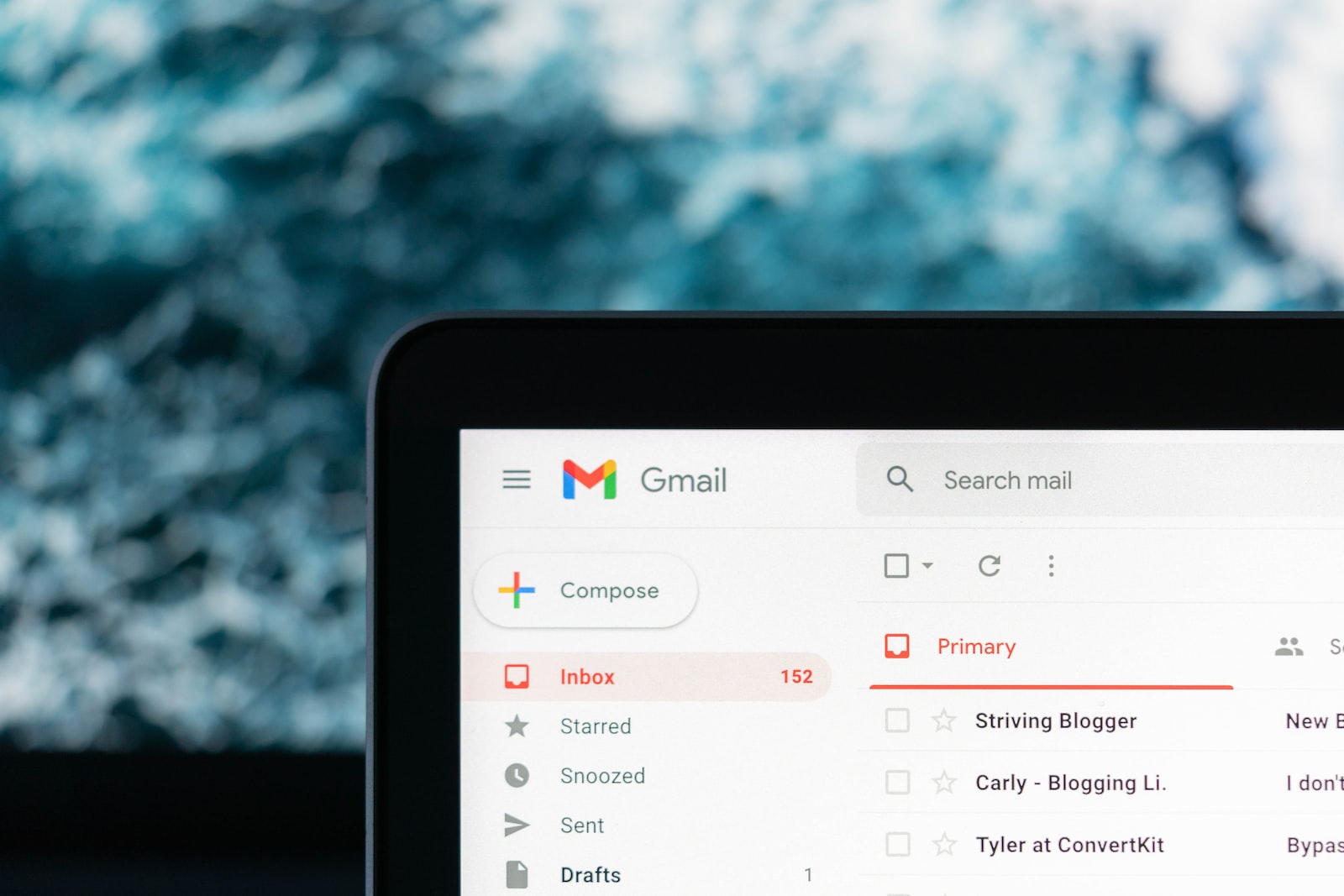Do you want to find the best emailer API? We have the perfect option for you!
The preferred method of communication for companies of all sizes is email.
Every day, tens of billions of emails are sent, constituting a never-ending dialogue between companies and their clients everywhere!
However, manually sending emails is time-consuming and prone to mistakes. Without the careful attention of a developer, it is almost impossible to do it at scale to thousands of people. Although you could create your own program from scratch to automate your emails, this would require ongoing maintenance.
What is an Email API?
Developers are aware that the functionality of other cloud-based software applications is accessed through APIs. An API is a set of helpful functions and their locations (known as endpoints), which are made available to the public by a software provider to enable the use of their service.
Applications can use an email API to gain access to features provided by the platform of the email service provider, such as creating and sending transactional emails, modifying templates, relocating or updating folders, creating drafts, and more. Additionally, extensive analyses on this data are made possible using APIs, something you would not otherwise be able to do by directly interfacing with the ESP. Email API providers take care of protocol matters such as message assembly, message sending, and reporting that would otherwise need to be specified by the application software development team.
Email APIs fall broadly into two categories: transactional and contextual.
Transactional email APIs are created for bulk or routine email delivery through third-party platforms, such as notifications, password reset emails, and mass marketing campaigns.
Contextual email APIs are made to include reliable email connectivity right into software programs. Email APIs are used to integrate email functionality into productivity apps, CRMs, applicant tracking systems, and even automobile consoles.
The most effective I/O performance for email applications is guaranteed by email APIs since they significantly minimize the quantity of data that needs to be delivered. Applications can deliver key:value pairs that are directly related to the message content, such as the topic, body, and recipients, instead of completely built email messages with header information.
The time saved to work on other features is possibly the biggest benefit an email API offers application development. You ultimately gain a crucial competitive advantage by concentrating on your distinctive skills by specializing in your product development rather than the details of email integration protocols.
Why do we recommend emailer API?
With this API, forget about tasks that consume your time when emailing is about. With no need to connect SMTP, validate your domain and more, you will be able to start using this API.

What this API receives and what your API provides (input/output)?
To easy to use. This API will receive the email address to where the emails will be sent, a title and the message. Just that, and you will be sending your emails right away.
What are the most common uses cases of this API?
Receive notifications of user behavior
You can set a notification system where you will be receiving different notifications depending on the user’s behavior. Be ready to detect if the user is signed up, if they asked for a refund, and if they need to purchase any of your products.
Send OTP (one-time-password) via email
Be able to verify the login of your users by sending them an OTP to their emails. And start making the login page more secure.


